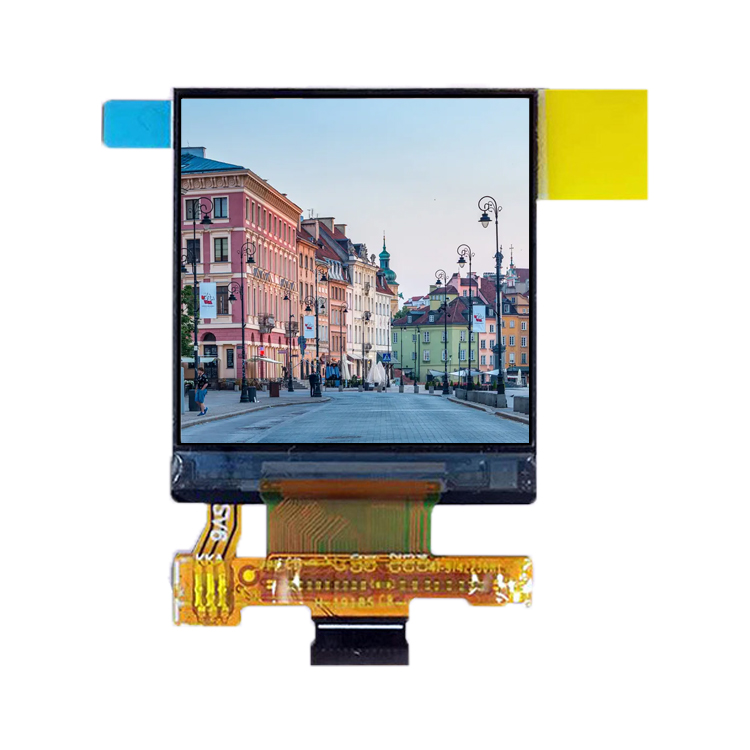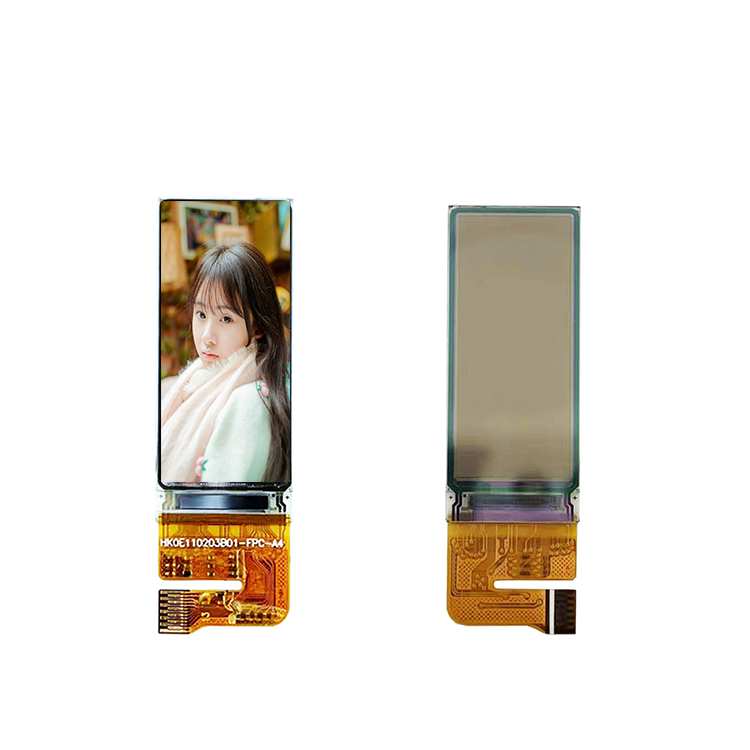In the world of digital displays, the humble 16×2 LCD module has proven to be a versatile and indispensable component for various applications. With its compact size and efficient performance, it has carved a niche in embedded systems, DIY electronics projects, and even industrial automation. Among the numerous brands available, Chancedisplay stands out as a reliable and trusted choice for those seeking high-quality 16×2 LCD modules. In this article, we will delve into the intricacies of these modules, their features, benefits, and why Chancedisplay is a top pick.
### Understanding the Basics: What is a 16×2 LCD Module?
A 16×2 LCD module, as the name suggests, consists of a liquid crystal display (LCD) with a 16-character by 2-line configuration. These modules are typically monochrome, meaning they display black characters on a white or yellowish background. They utilize a 5-bit interface, allowing them to display 16 different symbols or alphanumeric characters per line, making them ideal for displaying simple text-based information.
The standard dimensions of a 16×2 LCD module are around 40mm x 20mm, providing ample space for displaying concise messages without taking up too much board real estate. The module usually includes built-in shift registers, which simplify the communication between the microcontroller and the display, saving pins and simplifying the overall circuit design.
### Key Features of a 16×2 LCD Module
1. **Contrast Control**: Most 16×2 LCDs offer manual or automatic contrast adjustment, enabling users to optimize the readability of displayed text in various lighting conditions.
2. **Multiplexing Techniques**: To minimize the number of required I/O pins, 16×2 LCDs employ techniques like common cathode (CCD) or common anode (CACD), where only one row or column of pixels is activated at a time.
3. **Interfacing Options**: The most common interfaces are 4-bit (requiring 4 control lines), 8-bit (using 8 control lines), and 5-bit (using 5 control lines). Chancedisplay’s offerings often come with a 5-bit interface, making them compatible with a wide range of microcontrollers.
4. **Backlight**: Some modules come with an integrated LED backlight, enhancing visibility, while others may require external illumination.
5. **Character Sets**: Standard character sets include ASCII, which allows for easy representation of alphanumeric characters, and custom fonts for specific applications.

### Applications of the 16×2 lcd module
1. **Embedded Systems**: In IoT devices, home automation systems, and small appliances, 16×2 LCDs are used to display status updates, settings, and error messages.
2. **Microcontrollers**: Arduino, Raspberry Pi, and other microcontroller platforms often incorporate 16×2 LCD modules for user interface and monitoring purposes.
3. **Electronic Calculators**: These modules are commonly found in DIY calculators and educational projects due to their straightforward display capabilities.
4. **Industrial Automation**: In factory floors and machine panels, 16×2 LCDs provide essential information for operators, such as machine status and countdown timers.
### Chancedisplay: A Reliable Choice for 16×2 LCD Modules
![]()
Chancedisplay, as a leading brand in the industry, is renowned for its commitment to quality and customer satisfaction. Their 16×2 LCD modules boast:
– **High-quality Components**: Chancedisplay uses premium materials and robust construction, ensuring long-term durability and reliable performance.
– **Easy Compatibility**: Their products are designed to work seamlessly with popular microcontrollers, reducing integration time and effort.
– **Technical Support**: CHANCEDISPLAY provides comprehensive documentation and technical support, making it easier for users to troubleshoot and implement their displays.
– **Customization**: Some Chancedisplay models allow for custom font uploads, enabling users to create unique and branded displays.
– **Competitive Pricing**: Despite offering high-quality components, Chancedisplay maintains competitive pricing, making their products accessible to a wide range of customers.
In conclusion, the 16×2 LCD module is a versatile and cost-effective solution for various electronic projects. CHANCEDISPLAY, with its commitment to quality and extensive product offerings, stands out as a reliable choice for those seeking a dependable and efficient display solution. Whether you’re a hobbyist, engineer, or industrial professional, incorporating a Chancedisplay 16×2 lcd module into your project can significantly enhance its functionality and user experience.


